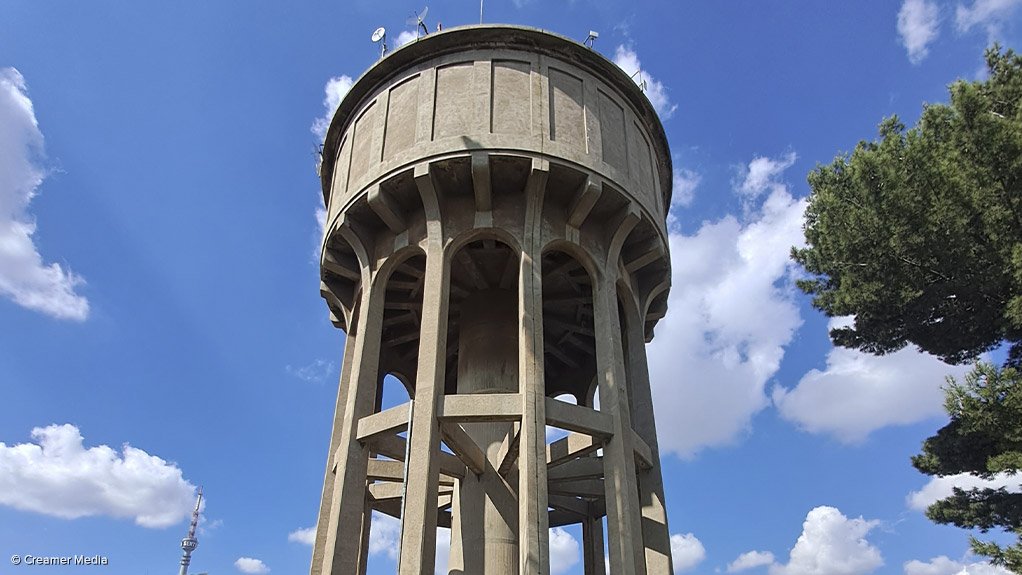Water utility Rand Water has warned that "extremely" high water consumption has exacerbated the rapid depletion of its water storage systems.
Notwithstanding, the utility continues to supply water at its maximum capacity.
Graphs provided in a statement issued on Wednesday night indicate that storage has dropped from nearly 70% to below 40% since January 19, amid increased demand owing to high temperatures, as well as electricity outages and the utility’s planned O2 maintenance work.
A total power supply failure at Emfuleni power sub-station on February 11 impacted Rand Water’s Vereeniging water treatment plant, which is reliant on power supplied by Emfuleni local municipality. The outage was caused by the failure of municipality’s transformer.
Power supply to the Vereeniging water treatment plant was restored, and full operations resumed, however, shortly thereafter, another power failure occurred, once again disrupting pumping. The Emfuleni local municipality team is working to resolve the issue; however, the estimated time for restoration is currently unknown.
This incident has led to the depletion of reservoirs, affecting customers supplied by the Vereeniging, Vanderbijlpark and Sasolburg system, as well as the Forest Hill, Yeoville, Benoni and Eikenhof systems.
Emfuleni, Metsimaholo, Ngwathe, Rustenburg, Royal Bafokeng Administration, Rand West, Merafong, Mogale City and the cities of Johannesburg and Ekurhuleni, as well as some direct customers, industries and mines, are impacted.
Exacerbating this is the high levels of water consumption by the cities of Johannesburg and Tshwane – two of the top three metropolitan customers supplied by Rand Water.
The upward trend in water consumption requires customers to implement interventions to bring consumption down.
“The consumption patterns observed from the City of Johannesburg, shows an upward trajectory despite efforts to bring this consumption down. The drop in consumption mid-December 2024 was as a result of Rand Water’s maintenance and the consumption shot up immediately after the completion of that maintenance,” Rand Water said in a statement.
Consumption by the City of Johannesburg steadily increased to reach 1 743 Mℓ/d by February 3, an increase from the 1 319 Mℓ/d recorded on December 16. This is well above the temporary allocation of 1 528 Mℓ/d and the permanent allocation of 1 356 Mℓ/d.
Equally, with demand of 853 Mℓ/d, the City of Tshwane is consuming above the temporarily licensed quota of 752 Mℓ/d and permanent allocation of 667 Mℓ/d.
“Rand Water therefore calls on the above-mentioned customers to reduce their consumption to avoid system collapse which will inevitably affect other customers as well. The water systems are interlinked and high consumption in one area impacts on the sustainable provision in other areas. Water conservation is a joint responsibility that must be observed and practiced by all to ensure sustainable and equitable supply and provision,” Rand Water concluded.
EMAIL THIS ARTICLE SAVE THIS ARTICLE ARTICLE ENQUIRY FEEDBACK
To subscribe email subscriptions@creamermedia.co.za or click here
To advertise email advertising@creamermedia.co.za or click here











